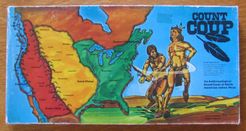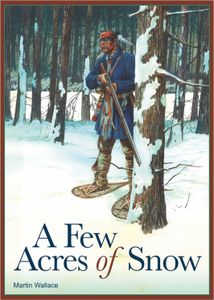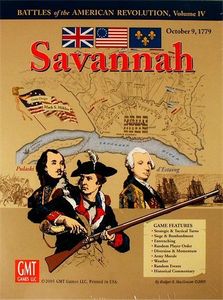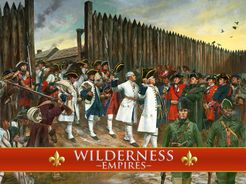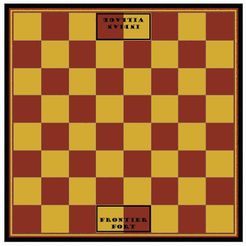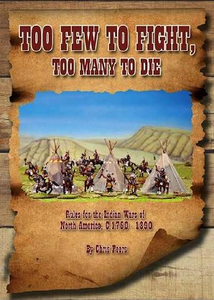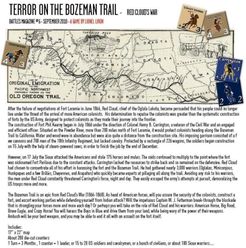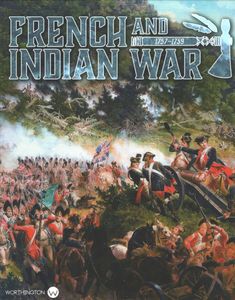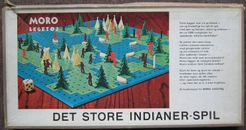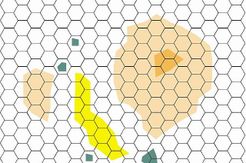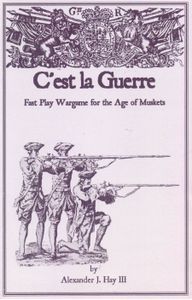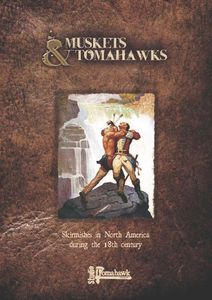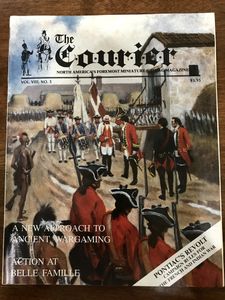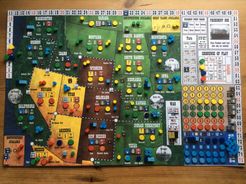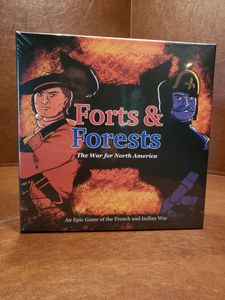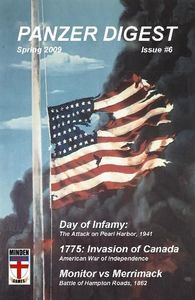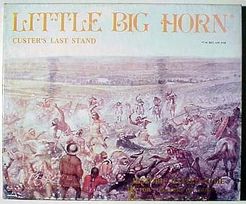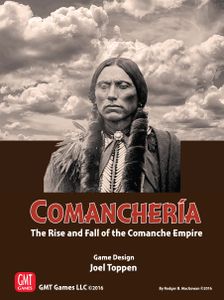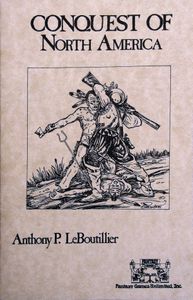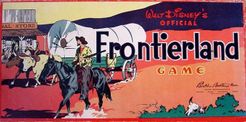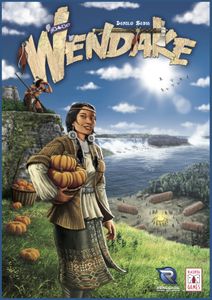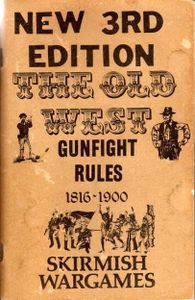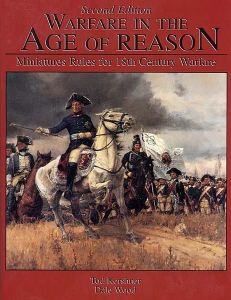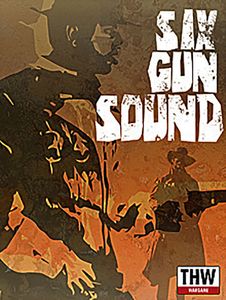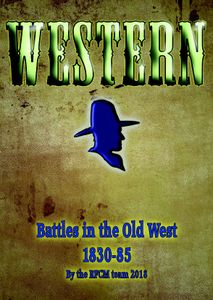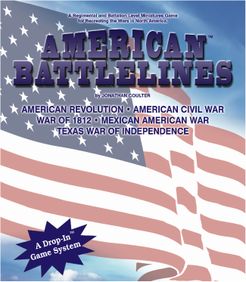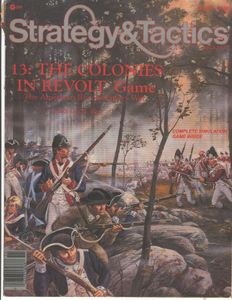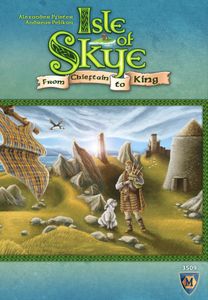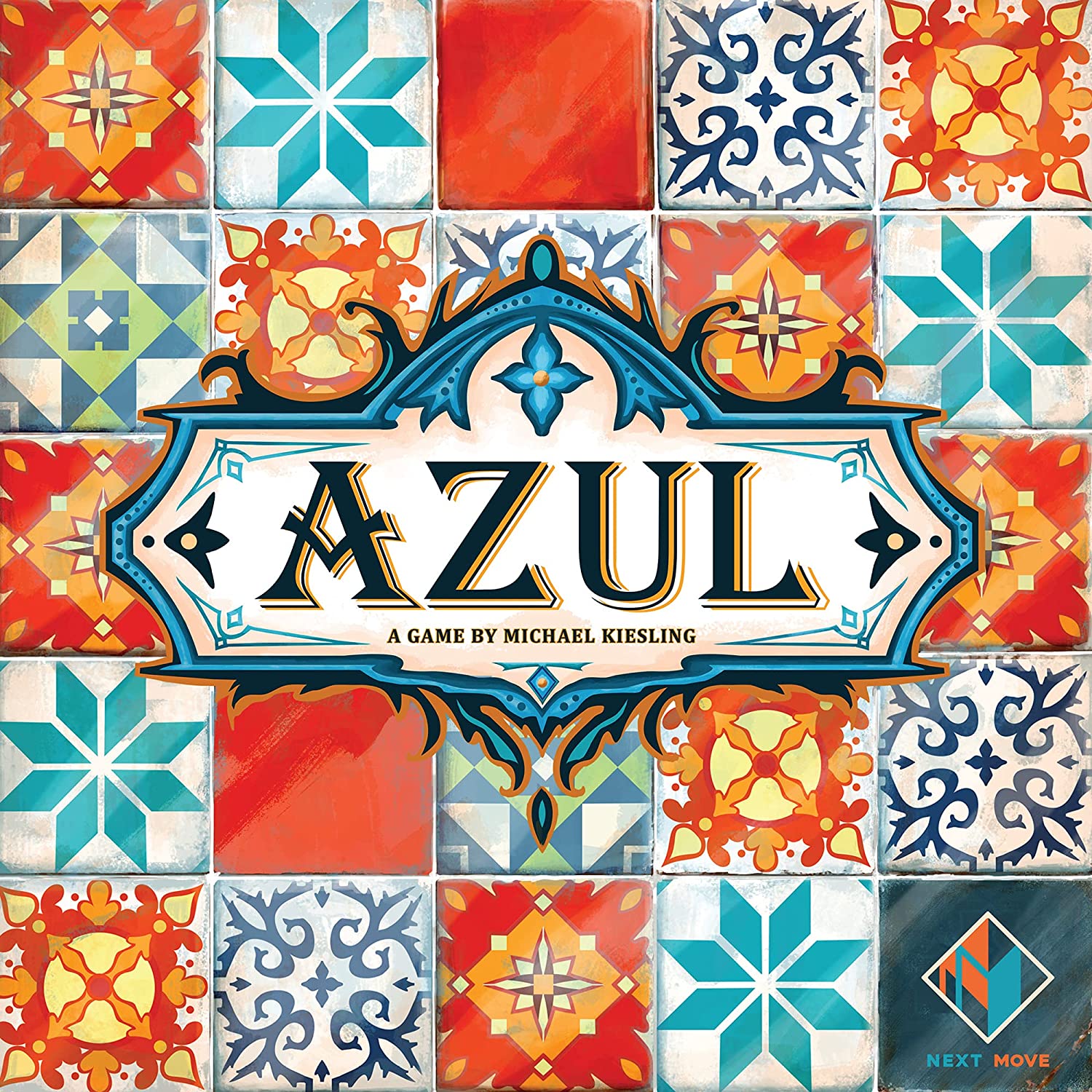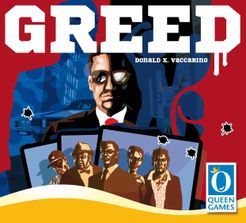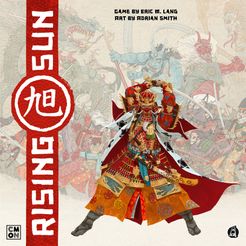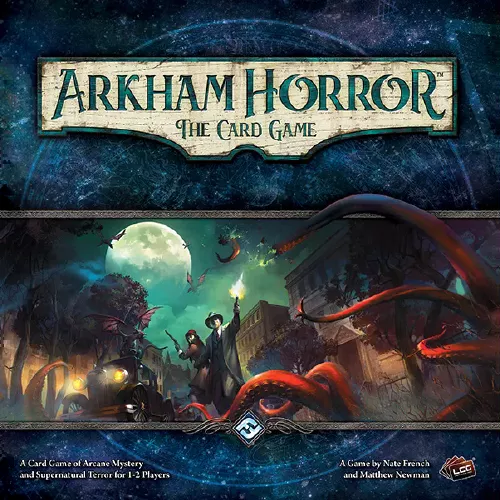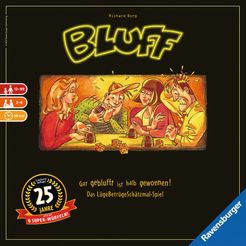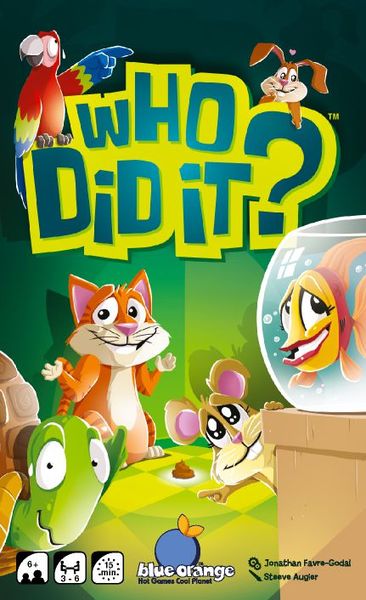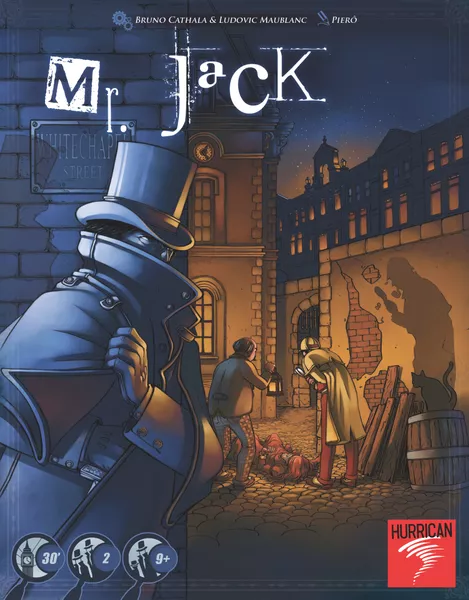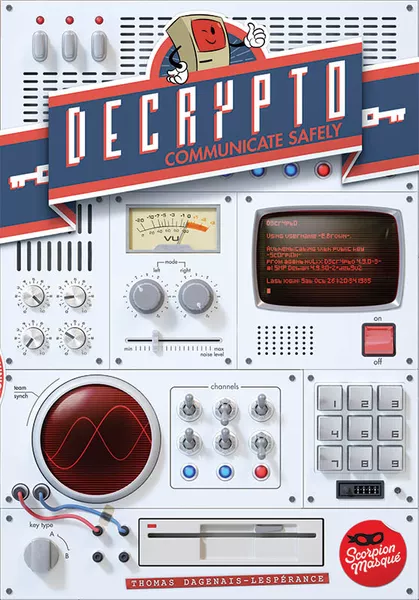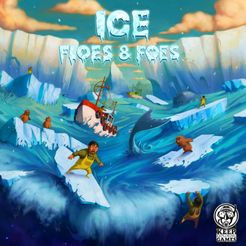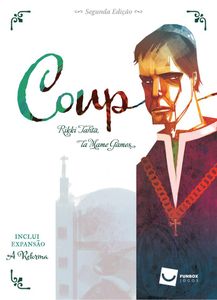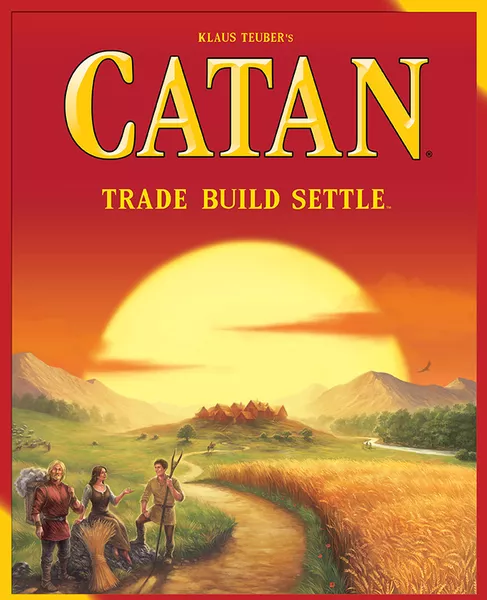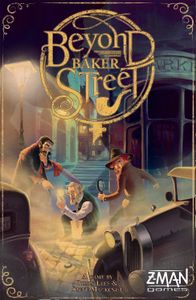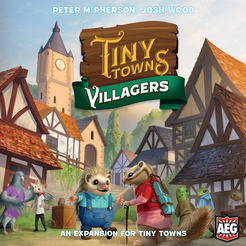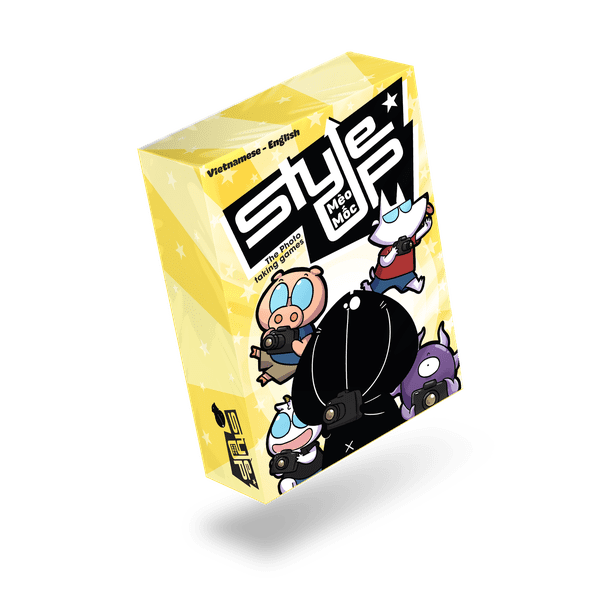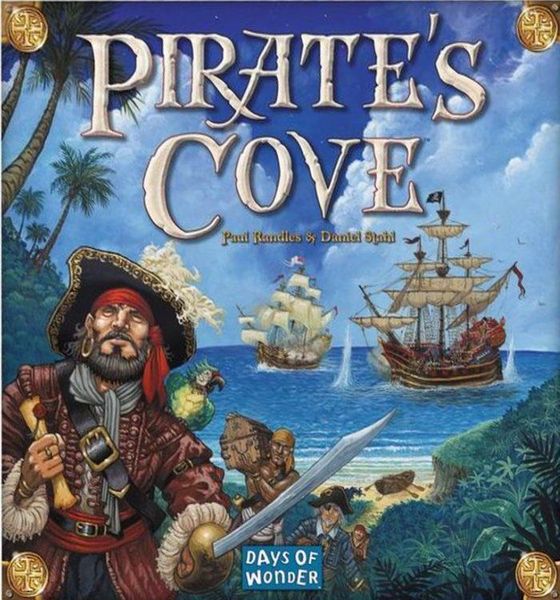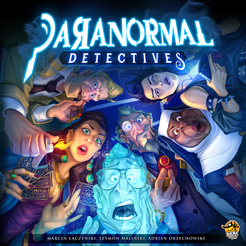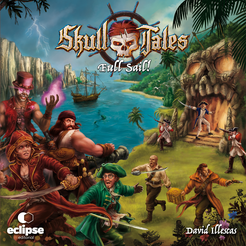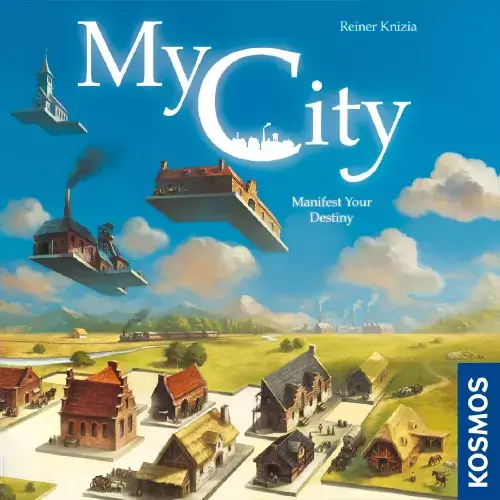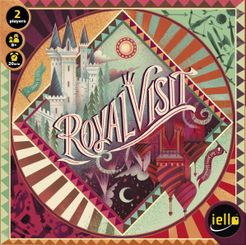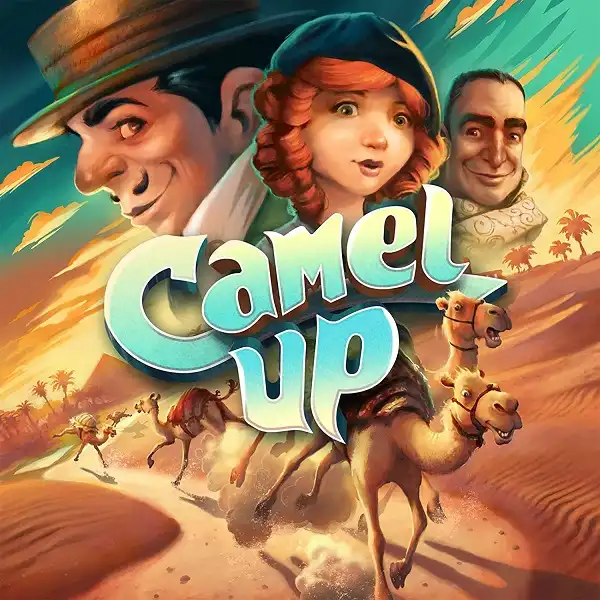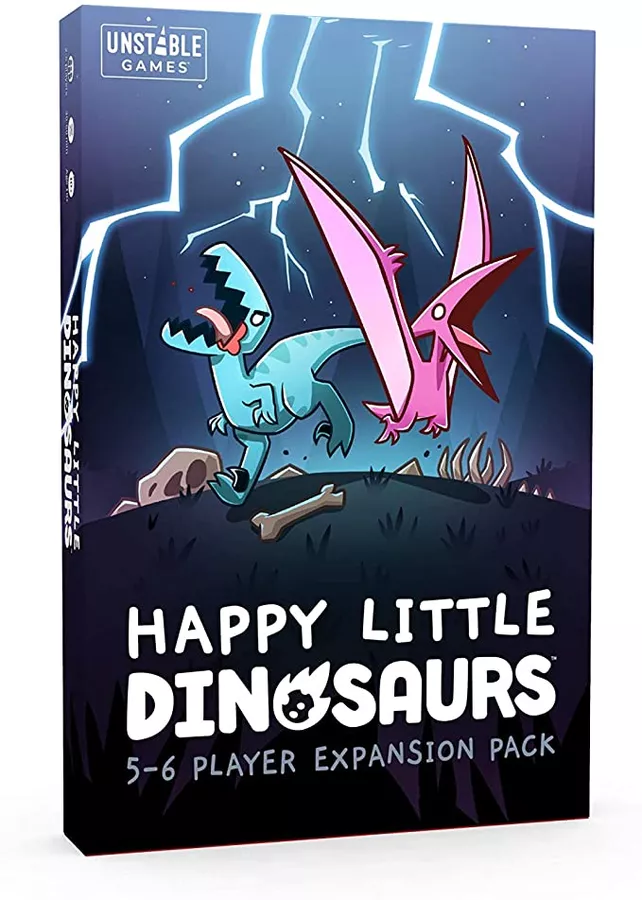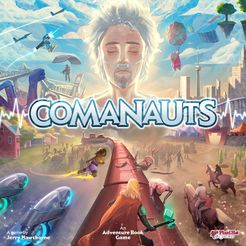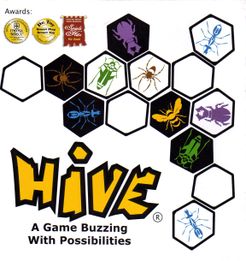Count Coup: An Anthropological Board Game of North American Indian Ways (1979)
Tác Giả: Marcia G. Sutherland, Anne Sutherland
Nhà Phát Hành: The Marcian Chronicles, Inc.
- Giới Thiệu
- Hướng Dẫn
- Video
- Chơi Ngay
- Đánh Giá & Bình Luận
Warfare among the Plains Indians was mainly for glory. Through many skirmishes a warrior could gain prestige and advancement within his own tribe. A coup (pronounced
"koo") was a brave deed or act done against one's live enemy: touching a live, fallen enemy, stealing a horse, etc. Upon completing this brave act, the warrior would return to his own tribe to recount for them the full details of his glorious deed--counting coup.
The information in Count Coup has been organized in two ways. First, four large ecological areas can be seen in the map on the box cover: Eastern Woodland, Great Plains, Desert West, and Far West. The tribes appearing on the playing cards are placed in their approximate areas on the map. The colored border on the cards corresponds to the ecological area of the tribe referred to.
Second, the playing cards can be divided into 14 categories: Food-Plants, Transport, Dwellings, Leadership, Tools, Crafts, Hunting, Warfare, Person-to-Know, Trade, Ceremonies, Treating Ills, Social Control, and Tragedy. Four cards appear in each category, one from each ecological area. More information can be found for each of the 56 playing cards in the corresponding Explanation Cards, garnered during the course of the game. These latter cards may be read aloud for a greater understanding of the cultures during the course of the game, or not if a faster game is sought, but the victor must collect four to accompany the movement of his pawns from the Summer Camp to the Winter Camp.
Hazard and Reward Squares corresponding to the Eagle, the Buffalo, Irrigation, and Fire will be encountered in the journey. If rewarded, the player attends the Pow Wow, where he is temporarily safe. A coup is made by landing on another player's pawn.



